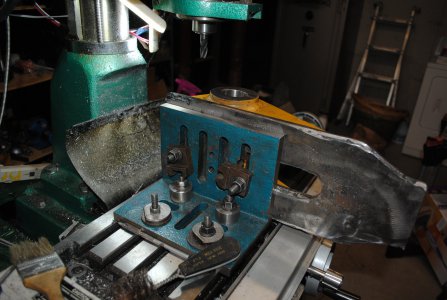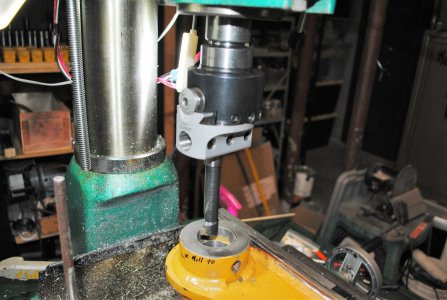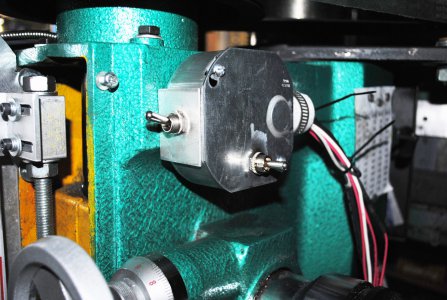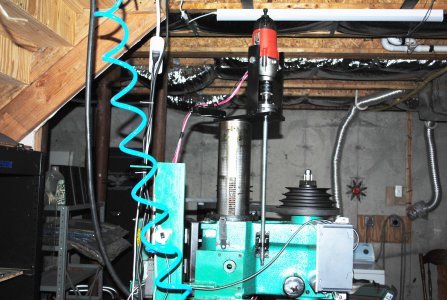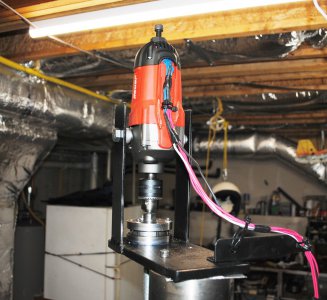... I've been wanting one of these things for a while and suddenly have some bonus money coming in from work so figured this may be the time go move on it.
Why do want a vertical milling machine?
The reason(s) might help narrow the choices.
For example:
I got by for decades without having a vertical milling machine. What I was unable to make or modify using a drill press, bench vise, and files, I paid a machinist to do. What finally tipped me over to selecting and buying a mill was the desire to make accessories (tools) for the lathe that I had purchased three months before.
I selected and purchased a lathe to modify a kitchen appliance: the wheel mill that I use to make no-sugar-added chocolate. A component of my sugar substitute was building up in the simple wheel bearings -- Delrin hub and stainless-steel rod -- and stopping the wheels from turning. A solution to the problem was to replace the simple bearings with precision bearings, and to add seals. I didn't know enough about machining and bearings to specify to a machinist what to modify. Hence, I selected and purchased a lathe, and started my climb up the machining learning curve. That was three years ago.
I have a table-top lathe a table-top mill, both from Sherline. Most of what I want to make or modify is small: less than 1 inch diameter x 10 inches long on the lathe, and less than 8 inches wide x 4 inches deep x 2 inches tall on the mill. The bigger workpieces will be soft: wood, plastic, and aluminum. Hard workpieces, in steel, will be small.
I think that knowledge, skill, and confidence are the most important part of machining. If I ever need to make or modify something that is too big for my mill, I can still pay a machinist who has a big-enough mill. I would, though, have more knowledge than before.


